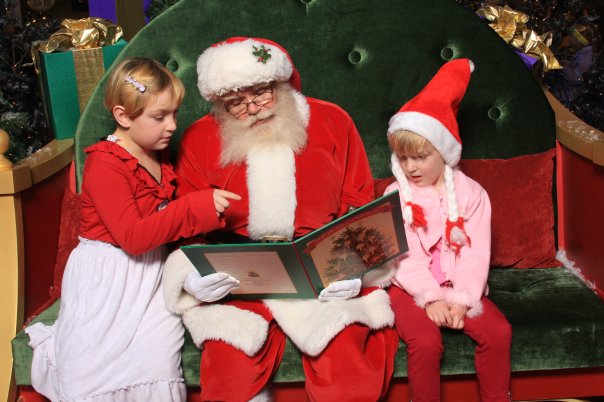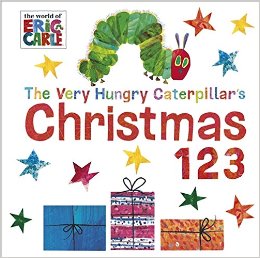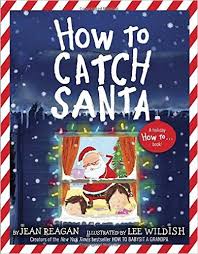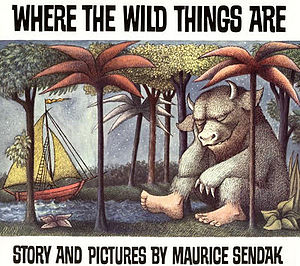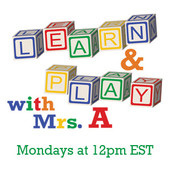After scooping out a pumpkin, here is a way your child can show and tell about it with this What’s Inside Your Pumpkin activity. More fun but less gooey. It also makes a book your child can read, even if there aren’t any words.
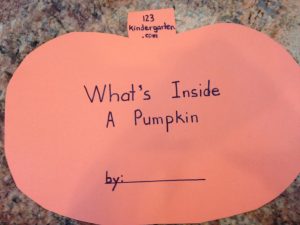
Before starting this activity, you and your child need to explore what’s inside a pumpkin. The best way to do this is by scooping one out. We did this earlier and left the seeds and fibers out overnight to make it easier to separate and give the seeds a little time to dry. You can also put the stuff in warm water and sort of wash out the seeds. Kids need to help scooping one out so they can experience for themselves what’s inside.
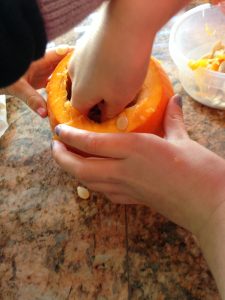
Besides some seeds and hands-on time in a pumpkin, this activity needs two pieces of thicker paper, one a pale orange or yellow color and one bright orange, lots of glue, and pieces of yellow or orange yarn.
Big hands can cut the two pieces of paper into the shape of a pumpkin. Leave a bit of stem at the top to staple the pages together. Also, print the title on the orange paper, What’s Inside a Pumpkin? Some children might be able to copy a few of the letters or write their name on the page.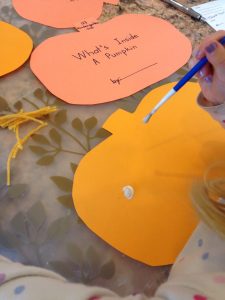
On the second sheet of paper, kids get to glue the pumpkin guts or brains. The yarn is like the fiber strands. The seeds are the real ones from scooping out the pumpkin. Gluing the yarn isn’t easy because it will sticky to fingers. Getting the seeds to stay on the paper needs quite a bit of glue. A paint brush is a great tool for this.
Once the glue has dried, staple the two pages together. Now, kids can ‘read’ their book. They will know the title from memory. When they lift up that page and turn to the next, they can show and tell what they found.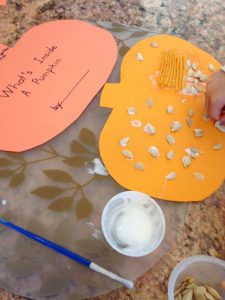
Contrary to what it looks like, reading doesn’t start with the words on a page. Reading starts with the words we already know and use, no matter what language we speak. Reading is based on meaning. Having the experience of scooping out a pumpkin to see what’s inside gives kids a connection. They may not have a clue about the letters but they sure have the meaning. The yarn and the seeds are taking the place of the words and kids are reading them. You can write the word seeds beside the real ones to show kids the link between the funny squiggles and the real things.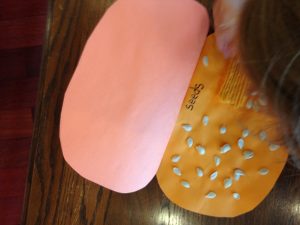
These two What’s Inside A Pumpkin pages are your child’s very own book. Wouldn’t you say now the effort to get the seeds from the pumpkin was worth it?

